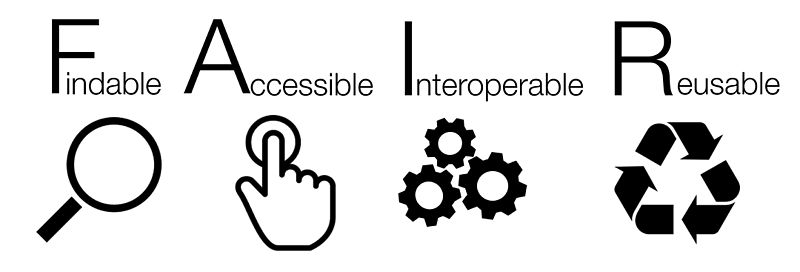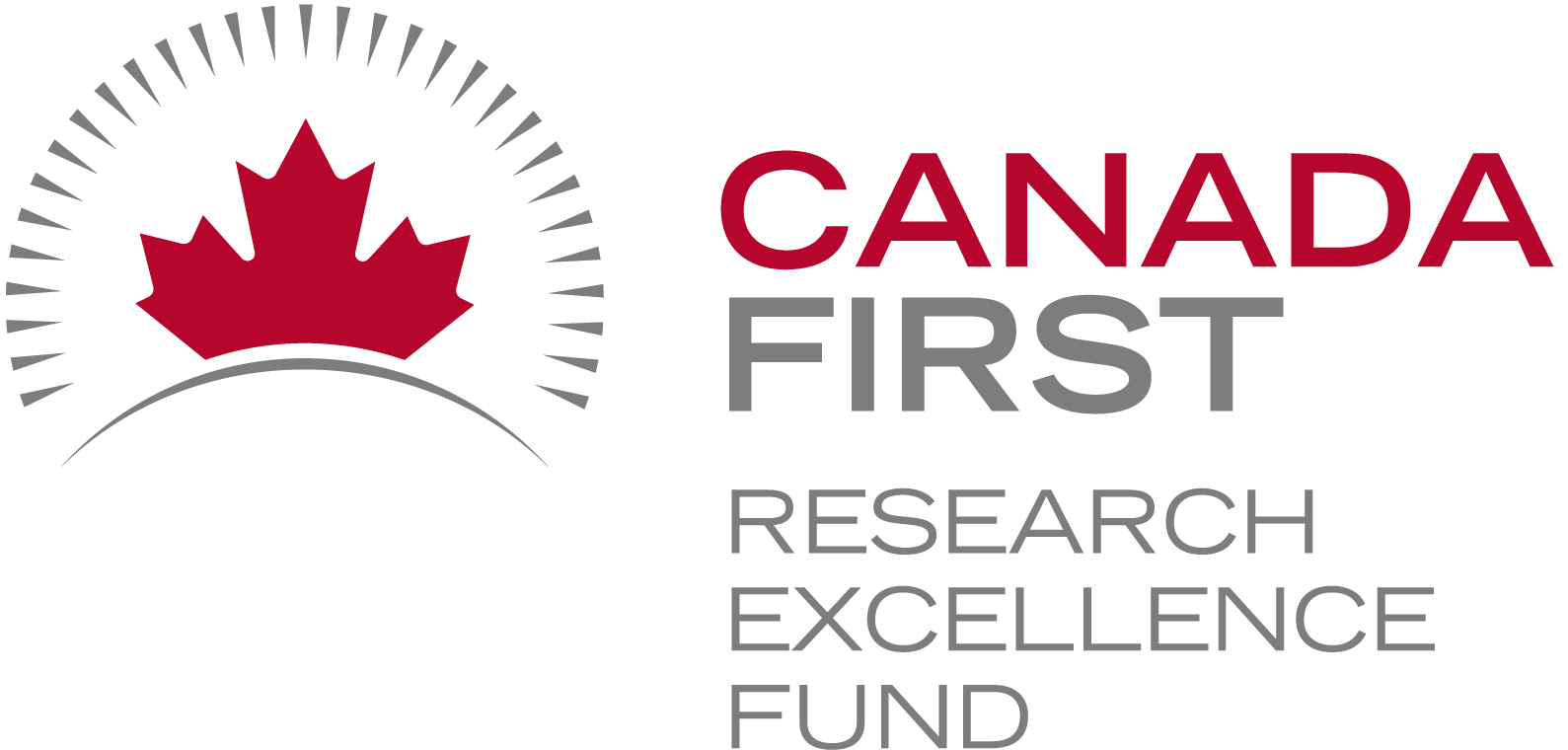
The I in FAIR
Findable
Accessible (where possible)
Interoperable
Reusable
Oh my INTEROPERABILITY! What a HUGE word this is and let’s be honest are we all comfortable with what it means? Remember data – interoperability….. Ah but let’s start with a silly and very basic example first: a tool – more specifically a wrench.
Tools, let’s think about a wrench – you know that tool that helps us remove or tighten nuts – ok before someone pipes up and corrects me – let’s be more specific: a ratcheting or combination wrench (google it to get a picture). They come in different sizes – which is great and really helpful for those tough nuts since they fit snuggly around the nut and you can really yank on that wrench to loosen the nut. I’m sure many of you can relate to this. However, how many times have you tried this and that darn wrench is just a little too big or just a little too small – and we know that those nuts are a standard size! What’s going on??? Don’t laugh too hard at this analogy – as I don’t know how many times we’ve encountered this in our household. Metric vs SAE – yup! Different standards for the tools – Ugh! Now where’s my 8mm or was it the 1/4 inch?
If these were interoperable – I should be able to use one wrench for my nuts regardless of whether it was metric of SAE, but alas, 2 standards and the only way around them is to use an adjustable wrench – aha and answer to the 2 standards and a way to interoperability?
Let’s turn to data now – how do we gather information about the data we are working with? Metadata! The metadata will or rather should point us in the direction as to how the data was measured, if any standards were used, if the metadata follows a standard, and in general what is the data we’re working with. Now, let’s say we are working with weights measured on dogs. I am more comfortable weighing my dogs using pounds (lbs) and my colleague is more comfortable weighing their dogs in kilograms (kgs). What happens when I pool these 2 data sources together? I may have an interesting set of data with a mix of weights in lbs and kgs. I may well have a Great Dane who appears to weigh the same as a Chihuahua! I NEED that metadata to help me, as a researcher or data user – understand what my data represents and what transformations I may or may not need in order to pool the data!
Without this information I cannot integrate different sources of data! Think of that wrench – my nuts were metric and my wrench was SAE – it just won’t fit. The only difference with data – I can still pool all that data and come up with interesting and non-sensical results – that just won’t work with the wrench.
So interoperability when we think of the FAIR principles is the ability to integrate data from different sources, as long as we know the following:
I1. (Meta)data use a formal, accessible, shared, and broadly applicable language for knowledge representation.
I2. (Meta)data use vocabularies that follow FAIR principles
I3. (Meta)data include qualified references to other (meta)data
Source: FAIR Principles
![]()



